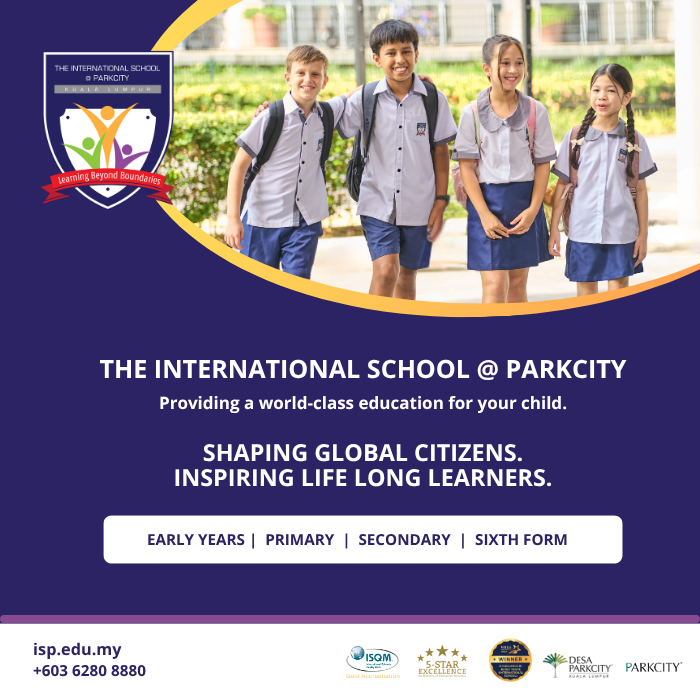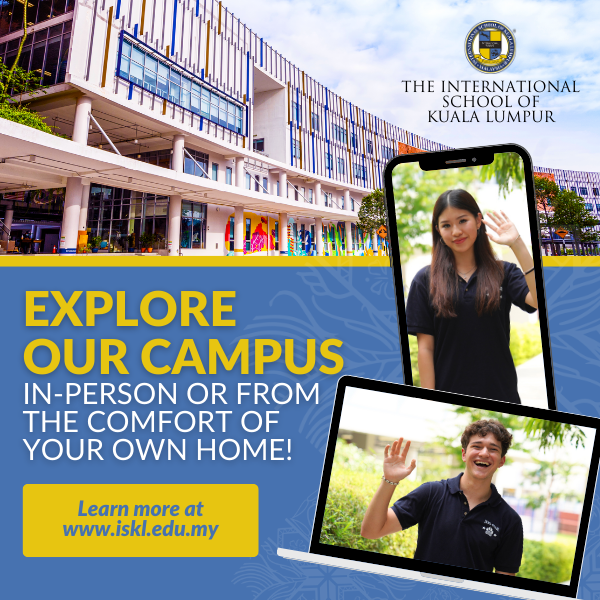Written by Choo Li-Hsian
 Photo Credit: iStockPhoto
Photo Credit: iStockPhoto
It is no surprise that local travel has become rather popular, especially in the past year when full interstate travel was finally allowed again. However, with many borders re-opening and quarantine rules becoming more relaxed in some countries, families may also be reconsidering international travel during the upcoming long break.
Yet, travelling with kids anywhere post-pandemic still comes with some level of risk. What are the important things that you need to think about when planning for your next big trip? Below are some scenarios and suggestions to consider:
 Photo Credit: iStockPhoto
Photo Credit: iStockPhoto
1. Who are you travelling with?
The safest kind of trip is still one with your immediate family, as it keeps your safety bubble intact and limits your interactions with people outside your household. An example would be a road trip by family car to a rented holiday home (Airbnb rentals, private villas and other standalone places without centralised air-conditioning or crowded common areas), with very controlled exposure to outsiders, lots of time spent outdoors and strict adherence to Standard Operating Procedures (SOPs) like mask-wearing and sanitising when in indoor locations. This would be a good compromise between really minimising your risks but still being able to enjoy a fun getaway with the kids.
Adding extended family into the mix makes things a little more complicated but is still manageable provided you are aware of everyone’s vaccination status and vulnerabilities (for example, family members who are elderly or those who have underlying conditions that may cause them to be more severely affected by a COVID-19 infection). It is also helpful if some pandemic interaction rules are agreed upon beforehand, like taking careful precautions to avoid crowds and risky areas two to three days before the trip and using COVID-19 home test kits before finally meeting up with the larger group. Do not succumb to peer pressure to interact without masks in enclosed areas, even amongst vaccinated families. Always think about who you will be going home to and what consequences you might face afterwards. It is better to be safe than sorry.
 Photo Credit: iStockPhoto
Photo Credit: iStockPhoto
2. When should you travel?
Try to time your travel in such a way where you can avoid the first round of the holiday rush. That way, you will be able to avoid being amid big crowds at the airport, long queues at the immigration counters, and very full flights. You can also opt to take your trip during the off-peak seasons for a destination. For example, instead of visiting Japan during Sakura season, you might like to enjoy its pretty Autumn colours and cool weather in the later part of the year. If travelling locally, stay put during festive and public holidays to explore the city you live in and go away on a random weekend instead.
 Photo Credit: iStockPhoto
Photo Credit: iStockPhoto
3. How are you travelling to your destination?
Driving to a destination in your own car is the safest option. The next best choice is being in a vehicle rented only for your travel party. During the pandemic, many families opted to drive their own cars onto the ferry to Langkawi versus taking a flight into the island.
If taking a flight, you can feel somewhat comforted by certain layers of protection put in place by the airline industry like HEPA air filters, in-flight air exchange or circulation, electrostatic spraying and mask mandates. However, there are still many factors you cannot always control that can increase your family’s risk of exposure. For example, the behaviour of other air passengers as well as the travelling time to and from, and the waiting time at the airport. So, do try to encourage family members to keep their masks on for the entire flight and consider opting out of in-flight meals, loading up before you board. That said, the flight duration needs to be considered, as younger children may not be able to keep their masks on or go without large meals for very long periods of time. You may also like to pack light so that you can minimise the incidence of many unknown hands touching your check-in luggage. This blog post by a well-travelled mum has some really good tips on what to look out for when flying with kids, post-pandemic.

Photo Credit: iStockPhoto
4. Where are you planning to go?
International trips are exciting but will carry an increased level of risk that comes with restrictions, extra testing requirements and other pitfalls like the potential headache of very expensive extended stays should someone test positive while on holiday or before returning home. So, parents need to have a good understanding of the entry, vaccination, and testing requirements for their selected travel destination before booking. This article provides some great insights whilst listing out 20 quarantine-free travel destinations that Malaysians can now travel to. This other piece lists the most popular destinations and the latest travel rules.
 Photo Credit: iStockPhoto
Photo Credit: iStockPhoto
5. What else should you consider?
You don’t have to severely restrict your travel plans as there are many great benefits to family travel, but you do need to evaluate your family’s overall risk for severe disease and personal tolerance for risk. Most importantly, think through contingencies and continue to remain cautious, as even if you are generally healthy, vaccinated and boosted, there is still a small chance that one of you may become very ill and possibly suffer from long COVID-19 symptoms, post-infection. Consider carefully what your plan would be if a member of your family contracts COVID-19 while travelling? Does the country you are travelling to have good medical care? If yes, will you be able to access the treatments needed in that location? Will your travel or health insurance cover the cost of the required treatments? You may like to do some research and read up on related articles like this one to decide on good global travel insurance coverage. Check the policy carefully as not all plans cover COVID-19-related disruptions.
Dining indoors, visiting indoor attractions or being exposed to people at your destination will increase your chances of exposure to the virus. If you or a family member tests positive during the holiday, do you have the resources to isolate for the required number of quarantine days? Will it cause other inconveniences – do you need to be back for work or family commitments?
Weigh this carefully before booking and if you are not sure, it may be better to err on the side of caution and postpone the trip for now.
The US Centre for Disease Control and Prevention has a list of countries by risk level that you can refer to as a guide to plan your trip to avoid places with a surge in COVID-19 infections, but just keep in mind that circumstances in each country can change very quickly.
Last but not least, always remember that one of the best protective measures that are well within your control is wearing a good mask. Even if some airports and airlines no longer require masks, you and your family can still choose to wear one to safeguard yourselves. A well-fitting, high-quality mask — of N95, KN95 or KF94 grade — is very effective at protecting the wearer. Do ask your kids to keep their masks on whenever in crowded areas and wherever possible.
Please stay safe even as you have fun!
You might also like to check out our earlier article for ideas on how to keep kids learning while travelling.


































